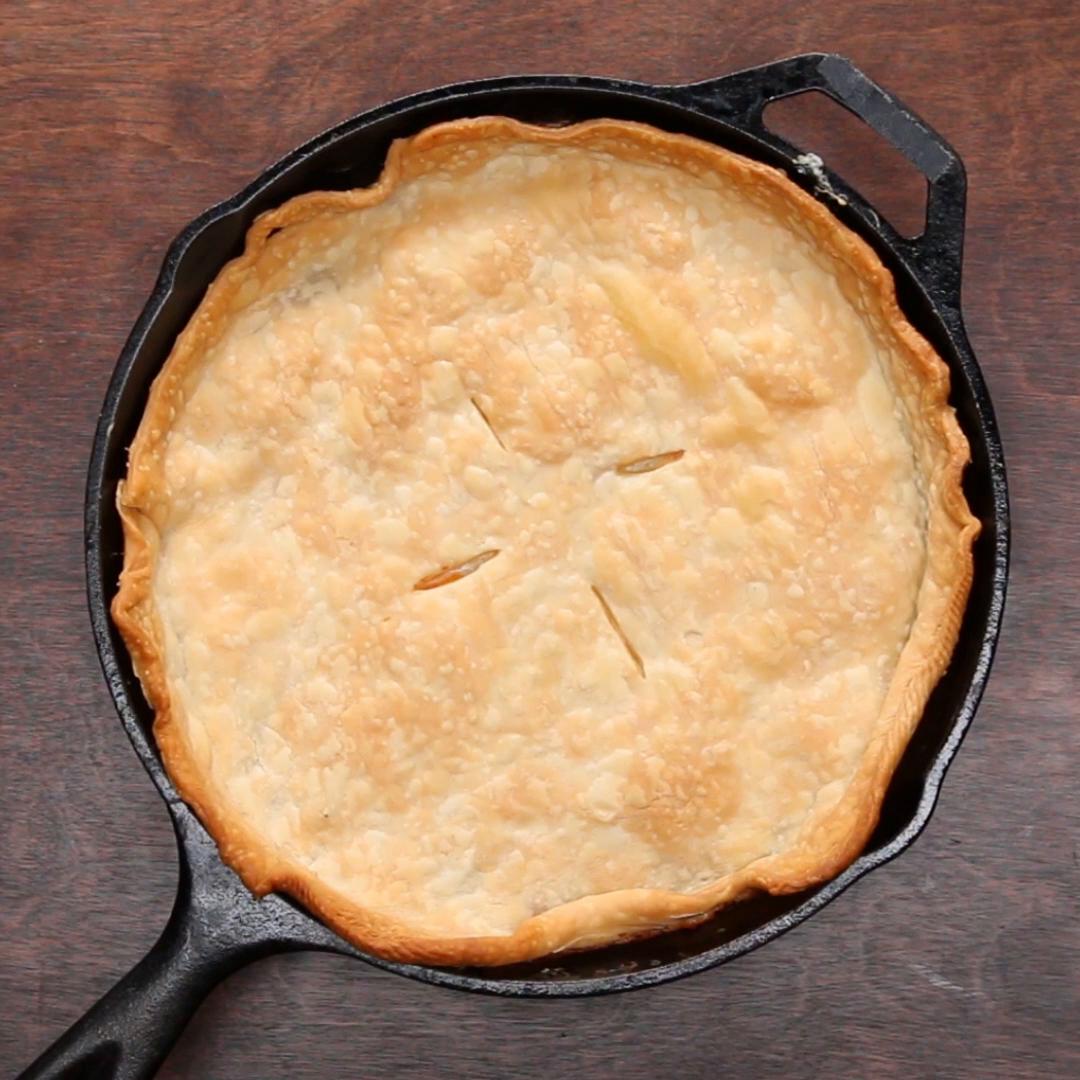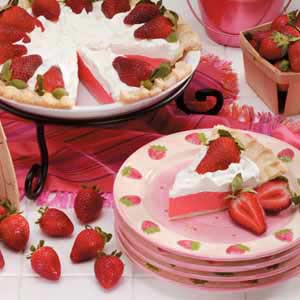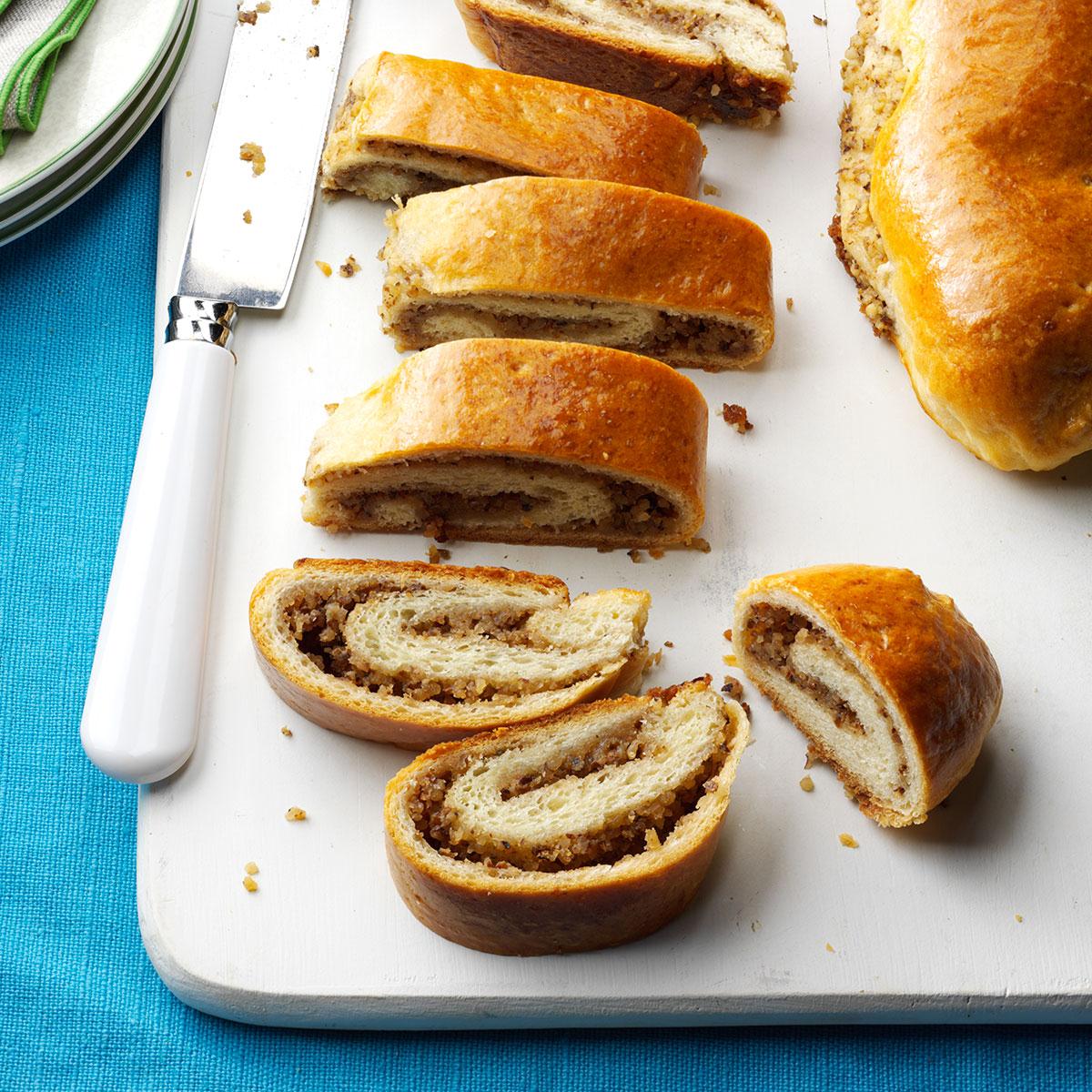**Buttermilk Cheese: A Culinary Delight**
Buttermilk cheese, a traditional dairy product crafted from fresh buttermilk, embarks on a culinary journey that spans diverse cultures and cuisines. Its smooth, creamy texture and tangy flavor profile make it a versatile ingredient, seamlessly blending into both sweet and savory dishes. Embark on a culinary expedition with our curated collection of buttermilk cheese recipes, ranging from classic breakfast frittatas to luscious desserts. Discover the art of transforming ordinary ingredients into extraordinary culinary creations, as we unveil the secrets behind buttermilk cheese's versatility and delectable taste. From savory dips and spreads to rich and creamy desserts, these recipes showcase the endless possibilities of this underrated dairy gem. Prepare to tantalize your taste buds with a symphony of flavors as you explore the culinary wonders of buttermilk cheese.
BUTTERMILK FRESH CHEESE
Liven up your next party with this distinctive cheese recipe from "Simple, Fresh, Southern: Knockout Dishes with Down-Home Flavor," by chefs Matt and Ted Lee.Also try:-Black Pepper Buttermilk Fresh Cheese- Herbed Buttermilk Fresh Cheese- Lemon Zest Buttermilk Fresh Cheese- Vanilla Buttermilk Fresh Cheese
Provided by Martha Stewart
Categories Food & Cooking Appetizers
Yield Makes 1 6-ounce round
Number Of Ingredients 3
Steps:
- Cut out three pieces of cheesecloth into 12-inch squares. Line a colander or medium strainer with all three layers of cheesecloth. Set colander in sink.
- Combine milk, buttermilk, and salt in a large heavy-bottomed saucepan, and heat over medium-high heat until mixture has separated into white curds and translucent whey, about 8 minutes. If using lowfat buttermilk, separation occurs at about 180 degrees and the curds will clump together readily. If using whole buttermilk, separation occurs closer to the boiling point, about 212 degrees, and the curds are finer-grained. When using whole buttermilk, let curds and whey stand off heat for about 3 minutes after separation, so the curds cling together and facilitate the straining step.)
- Ladle the contents of the saucepan into the prepared colander. Let the whey drain, 1 to 2 minutes. Lift the four corners of the cheesecloth and gather them together. Gently twist the gathered cloth over the cheese and press out any excess whey.
- Cheese can be unwrapped immediately and served warm, or let stand until cooled to room temperature, about 10 minutes more. To serve a firmer cheese, transfer cheese, in its cloth, to a small flat-bottomed dish or pie plate; refrigerate until cool, about 10 minutes. Unwrap cheese and gently invert onto plate; discard cloth. Tent cheese with plastic wrap and keep refrigerated up to 2 days. Remove from refrigerator and let stand for 10 minutes at room temperature before serving.
HOMEMADE RICOTTA CHEESE WITH BUTTERMILK
/homemade-ricotta-cheese-recipe-591554-hero-01-84c8381860c941b68287296ea805b3cd.jpg)
Ever wonder how ricotta is made? Here's a simple shortcut method to make your own smooth and creamy homemade ricotta cheese with buttermilk.
Provided by Jennifer Meier
Categories Side Dish
Time 2h30m
Yield 4
Number Of Ingredients 2
Steps:
- Gather the ingredients.
- Cut enough cheesecloth to drape over the top of the colander, with plenty hanging over the sides.
- Rinse the cheesecloth in water and squeeze out excess water.
- Fold the cheesecloth into two layers that completely cover the colander. Set the colander in the sink.
- Pour the whole milk and the buttermilk into a pot over medium heat. The temperature should not be so high that the milk ever reaches a boil. For the first 5 minutes as the milk warms, stir frequently to prevent the milk from burning to the bottom of the pot.
- After 5 minutes, use the thermometer to test the milk temperature. When it is around 100 F, stop stirring the milk and let it continue to warm undisturbed. You will start to notice that the milk is thickening on the surface. This is the curds forming.
- When the milk temperature reaches 175 F, turn off the heat. Let the milk sit for 5 minutes. Do not stir.
- Using a slotted spoon or skimmer, gently scoop the curds out of the pot and into the cheesecloth-draped colander.
- Let the curds drain in the colander for 5 to 10 minutes.
- Gather the cheesecloth around the curds and tie at the top with a rubber band. Hang the bundle of curds so more moisture will drip out. You can hang the bundle from your faucet, or set a ladle handle across the top of a pot and hang the bundle from the ladle handle. Let the cheese drain for at least 30 minutes.
- Scrape the homemade ricotta out of the cheesecloth and into a bowl.
- Serve immediately or refrigerate. Use within three to four days.
Nutrition Facts : Calories 346 kcal, Carbohydrate 29 g, Cholesterol 54 mg, Fiber 0 g, Protein 19 g, SaturatedFat 10 g, Sodium 442 mg, Sugar 30 g, Fat 17 g, ServingSize 1 1/2 cups (4 servings), UnsaturatedFat 0 g
QUARK (HOMEMADE CHEESE)
I discovered Quark at a farmers market and instantly fell in love, but it's been difficult to find in stores. This recipe is a fine replacement for more expensive creme fraiche and pairs well with fresh fruit for dessert.
Provided by Darin R. Molnar
Categories World Cuisine Recipes European German
Time 16h20m
Yield 4
Number Of Ingredients 2
Steps:
- Bring milk to a simmer in a saucepan; remove from heat and cool to room temperature.
- Whisk buttermilk into milk; let sit at room temperature, 8 hours to overnight. Strain mixture through cheesecloth over a bowl in the refrigerator, 8 hours to overnight.
Nutrition Facts : Calories 73.3 calories, Carbohydrate 7.2 g, Cholesterol 11 mg, Fat 2.7 g, Protein 5 g, SaturatedFat 1.7 g, Sodium 82.2 mg, Sugar 7.2 g
LEMON ZEST BUTTERMILK FRESH CHEESE
Lemon zest adds punch to this cheese recipe from "Simple, Fresh, Southern: Knockout Dishes with Down-Home Flavor," by chefs Matt and Ted Lee.Also try: -Buttermilk Fresh Cheese- Black Pepper Buttermilk Fresh Cheese- Herbed Buttermilk Fresh Cheese- Vanilla Buttermilk Fresh Cheese
Provided by Martha Stewart
Categories Appetizers
Yield Makes 1 6-ounce round
Number Of Ingredients 6
Steps:
- Cut out three pieces of cheesecloth into 12-inch squares. Line a colander or medium strainer with all three layers of cheesecloth. Set colander in sink.
- Combine milk, buttermilk, salt, and lemon zest in a large heavy-bottomed saucepan, and heat over medium-high heat until mixture has separated into white curds and translucent whey, about 8 minutes. If using lowfat buttermilk, separation occurs at about 180 degrees and the curds will clump together readily. If using whole buttermilk, separation occurs closer to the boiling point, about 212 degrees, and the curds are finer-grained. When using whole buttermilk, let curds and whey stand off heat for about 3 minutes after separation, so the curds cling together and facilitate the straining step.)
- Ladle the contents of the saucepan into the prepared colander. Let the whey drain, 1 to 2 minutes. Lift the four corners of the cheesecloth and gather them together. Gently twist the gathered cloth over the cheese and press out any excess whey.
- Serve unwrapped cheese warm on French bread, drizzled with olive oil and seasoned with salt.
HOMEMADE LEMON-THYME BUTTERMILK FRESH CHEESE

Serve this cheese on warm french bread or crackers or..... Use whole milk, you may use full-fat or low-fat buttermilk. The ingredient sifter did not like "whole".
Provided by Diana Adcock
Categories Cheese
Time 17m
Yield 1 6 oz round, 2-4 serving(s)
Number Of Ingredients 5
Steps:
- Cut out three pieces of cheesecloth into 12-inch squares.
- Line a colander or medium strainer with all three layers of cheesecloth.
- Set colander in sink.
- Combine milk, buttermilk, salt, lemon zest and thyme in a large heavy-bottomed saucepan, and heat over medium-high heat, stirring often until mixture has separated into white curds and translucent whey, about 8 minutes.
- If using lowfat buttermilk, separation occurs at about 180 degrees F and the curds will clump together readily.
- If using whole buttermilk, separation occurs closer to the boiling point, about 212 degrees F, and the curds are finer-grained.
- When using whole buttermilk, let curds and whey stand off heat for about 3 minutes after separation, so the curds cling together-this way you won't loose tiny curds through the cheesecloth.
- Ladle the contents of the saucepan into the prepared colander.
- Let the whey drain, 1 to 2 minutes.
- Lift the four corners of the cheesecloth and gather them together.
- Gently twist the gathered cloth over the cheese and press out any excess whey. Do not squeeze to tightly or you will end up with a grainy cheese.
- Cheese can be unwrapped immediately and served warm, or let stand until cooled to room temperature, about 10 minutes more.
- To serve a firmer cheese, transfer cheese, in its cloth, to a small flat-bottomed dish or pie plate; refrigerate until cool, about 10 minutes.
- Unwrap cheese and gently invert onto plate; discard cloth.
- Tent cheese with plastic wrap and keep refrigerated up to 2 days.
- Remove from refrigerator and let stand for 10 minutes at room temperature before serving.
- You can omit the lemon and thyme and opt for cracked black pepper, or fresh rosemary, or red pepper flakes, lemon zest and dill -- whatever fresh herbs you like.
- You can also reduce salt to 1/2 teaspoon, adding 2 teaspoons pure vanilla extract and 1 to 2 tablespoons sugar, depending on how sweet you want your cheese.
Nutrition Facts : Calories 386.9, Fat 19.5, SaturatedFat 12.1, Cholesterol 75.7, Sodium 2757.7, Carbohydrate 31.8, Fiber 0.2, Sugar 8.8, Protein 22.1
HERBED BUTTERMILK FRESH CHEESE

This delicious recipe comes from "Simple, Fresh, Southern: Knockout Dishes with Down-Home Flavor," by chefs Matt and Ted Lee.Also try: -Buttermilk Fresh Cheese- Black Pepper Buttermilk Fresh Cheese- Lemon Zest Buttermilk Fresh Cheese- Vanilla Buttermilk Fresh Cheese
Provided by Martha Stewart
Categories Food & Cooking Appetizers
Yield Makes one 6-ounce round
Number Of Ingredients 4
Steps:
- Cut out three pieces of cheesecloth into 12-inch squares. Line a colander or medium strainer with all three layers of cheesecloth. Set colander in sink.
- Combine milk, buttermilk, salt, and herbs in a large heavy-bottomed saucepan, and heat over medium-high heat until mixture has separated into white curds and translucent whey, about 8 minutes. If using lowfat buttermilk, separation occurs at about 180 degrees and the curds will clump together readily. If using whole buttermilk, separation occurs closer to the boiling point, about 212 degrees, and the curds are finer-grained. When using whole buttermilk, let curds and whey stand off heat for about 3 minutes after separation, so the curds cling together and facilitate the straining step.
- Ladle the contents of the saucepan into the prepared colander. Let the whey drain, 1 to 2 minutes. Lift the four corners of the cheesecloth and gather them together. Gently twist the gathered cloth over the cheese and press out any excess whey.
- Cheese can be unwrapped immediately and served warm, or let stand until cooled to room temperature, about 10 minutes more. To serve a firmer cheese, transfer cheese, in its cloth, to a small flat-bottomed dish or pie plate; refrigerate until cool, about 10 minutes. Unwrap cheese and gently invert onto plate; discard cloth. Tent cheese with plastic wrap and keep refrigerated up to 2 days. Remove from refrigerator and let stand for 10 minutes at room temperature before serving.
BLACK PEPPER BUTTERMILK FRESH CHEESE

Spice up your cheese plate with this recipe from "Simple, Fresh, Southern: Knockout Dishes with Down-Home Flavor," by chefs Matt and Ted Lee.Also try: -Buttermilk Fresh Cheese- Herbed Buttermilk Fresh Cheese- Lemon Zest Buttermilk Fresh Cheese- Vanilla Buttermilk Fresh Cheese
Provided by Martha Stewart
Categories Appetizers
Yield Makes one 6-ounce round
Number Of Ingredients 4
Steps:
- Cut out three pieces of cheesecloth into 12-inch squares. Line a colander or medium strainer with all three layers of cheesecloth. Set colander in sink.
- Combine milk, buttermilk, salt, and pepper in a large heavy-bottomed saucepan, and heat over medium-high heat until mixture has separated into white curds and translucent whey, about 8 minutes. If using lowfat buttermilk, separation occurs at about 180 degrees and the curds will clump together readily. If using whole buttermilk, separation occurs closer to the boiling point, about 212 degrees, and the curds are finer-grained. When using whole buttermilk, let curds and whey stand off heat for about 3 minutes after separation, so the curds cling together and facilitate the straining step.
- Ladle the contents of the saucepan into the prepared colander. Let the whey drain, 1 to 2 minutes. Lift the four corners of the cheesecloth and gather them together. Gently twist the gathered cloth over the cheese and press out any excess whey.
- Cheese can be unwrapped immediately and served warm, or let stand until cooled to room temperature, about 10 minutes more. To serve a firmer cheese, transfer cheese, in its cloth, to a small flat bottomed dish or pie plate; refrigerate until cool, about 10 minutes. Unwrap cheese and gently invert onto plate; discard cloth. Tent cheese with plastic wrap and keep refrigerated up to 2 days. Remove from refrigerator and let stand for 10 minutes at room temperature before serving.
Tips:
- Choose fresh and high-quality ingredients for the best results.
- Make sure the buttermilk is at room temperature before using it.
- Gently stir the mixture to avoid curdling the cheese.
- Do not overcook the cheese, or it will become tough.
- Let the cheese cool completely before serving.
- Buttermilk fresh cheese can be stored in the refrigerator for up to 2 weeks.
Conclusion:
Buttermilk fresh cheese is a delicious and versatile cheese that can be used in a variety of dishes. It is easy to make at home with just a few simple ingredients. With its creamy texture and mild flavor, buttermilk fresh cheese is a great addition to any meal.
Are you curently on diet or you just want to control your food's nutritions, ingredients? We will help you find recipes by cooking method, nutrition, ingredients...
Check it out »
You'll also love











